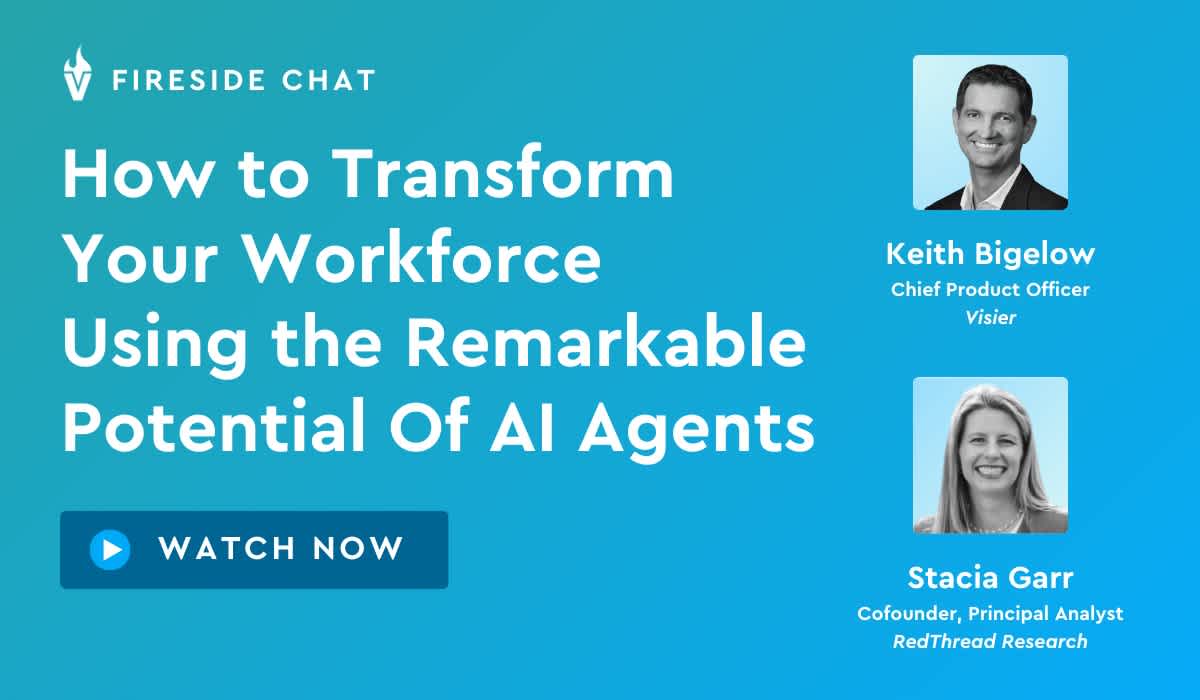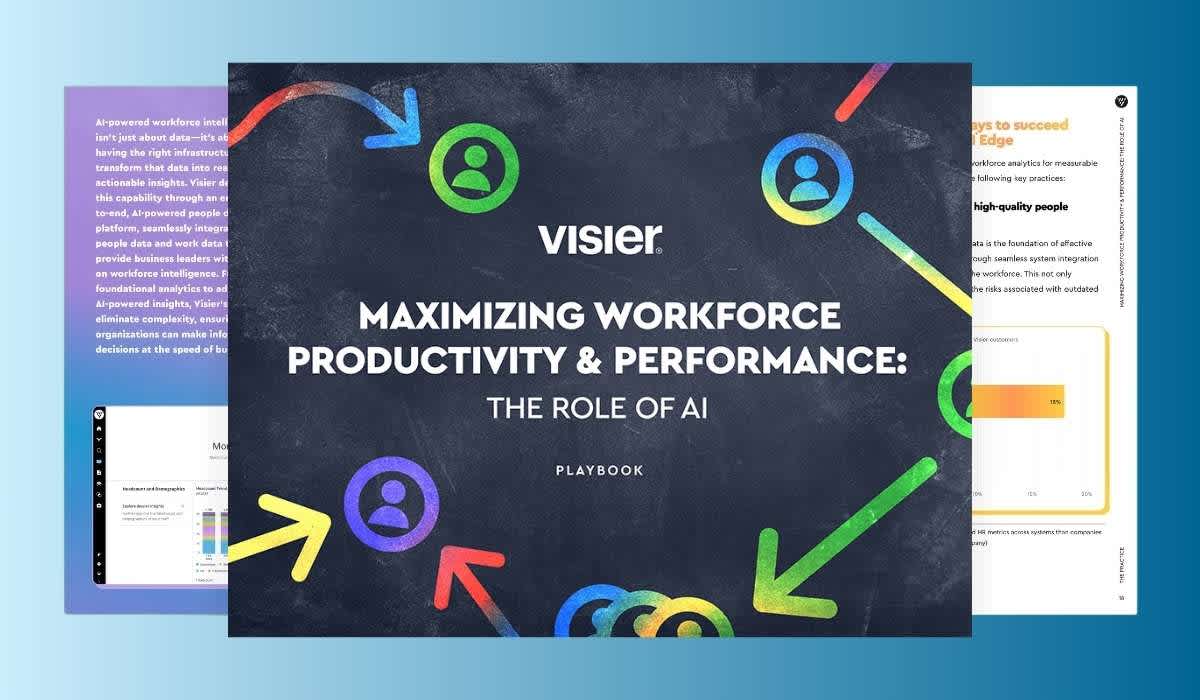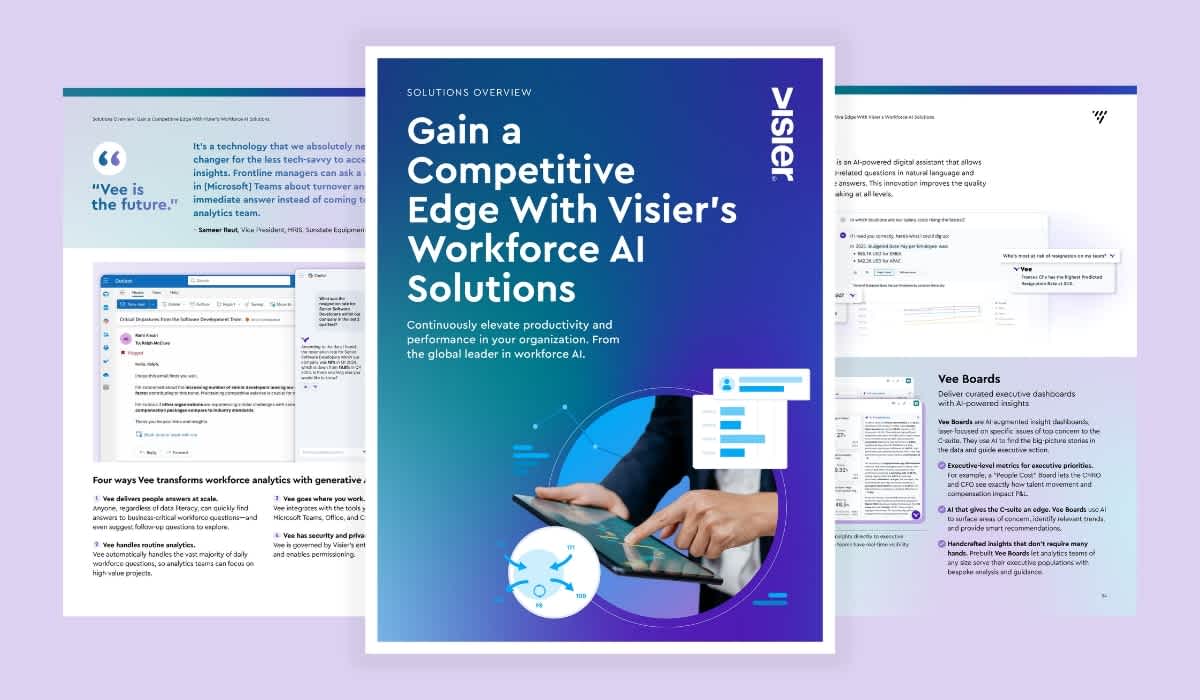How Agentic AI Is Transforming the Workforce—From HR to Sales and Beyond
Discover how Agentic AI is transforming the workforce, from automating to proactively assisting teams. Read on to discover how it’s transforming HR, sales, and more.
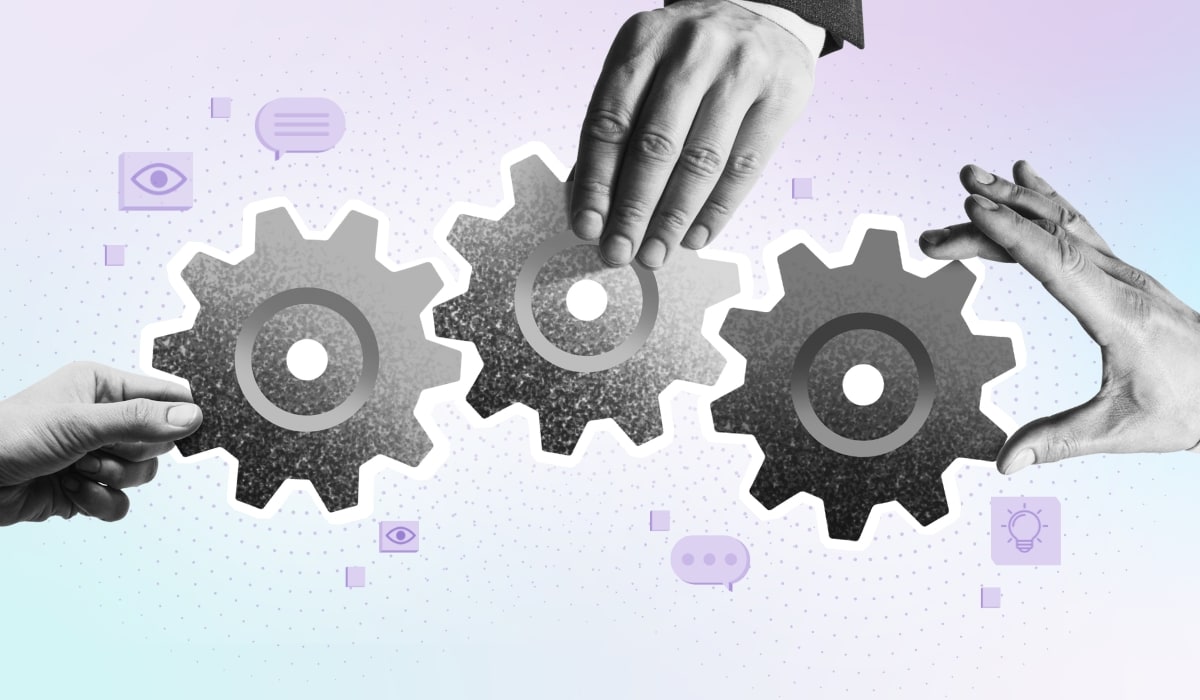
Agentic AI is transforming how organizations manage and optimize the workforce. Unlike traditional digital assistants or generative AI tools, AI agents mix generative capabilities with proactive, autonomous functions to manage tasks, generate insights, and optimize operations. This helps your employees by automating repetitive tasks, creating custom employee experiences, and supporting decision-making.
In this post, we explore the transformative potential of Agentic AI, what sets it apart from related technologies, and how you can apply it in your organization. From streamlining retention efforts to analyzing sales performance, we’ll showcase how organizations can use AI agents to create more productive and engaged teams.
What is agentic AI?
Agentic AI is a type of AI system that can act with autonomy. AI agents use decision-making abilities and goal-directed behavior, allowing them to act independently without constant human intervention. Unlike traditional AI, which relies on direct input, agentic AI takes initiative, interacts proactively, and continuously learns to improve performance.
AI has become a necessity for any organization. To reach its full potential, AI must be deployed responsibly, with trust, security, and confidentiality at the forefront. At Visier, we believe in delivering AI solutions that meet these high standards.
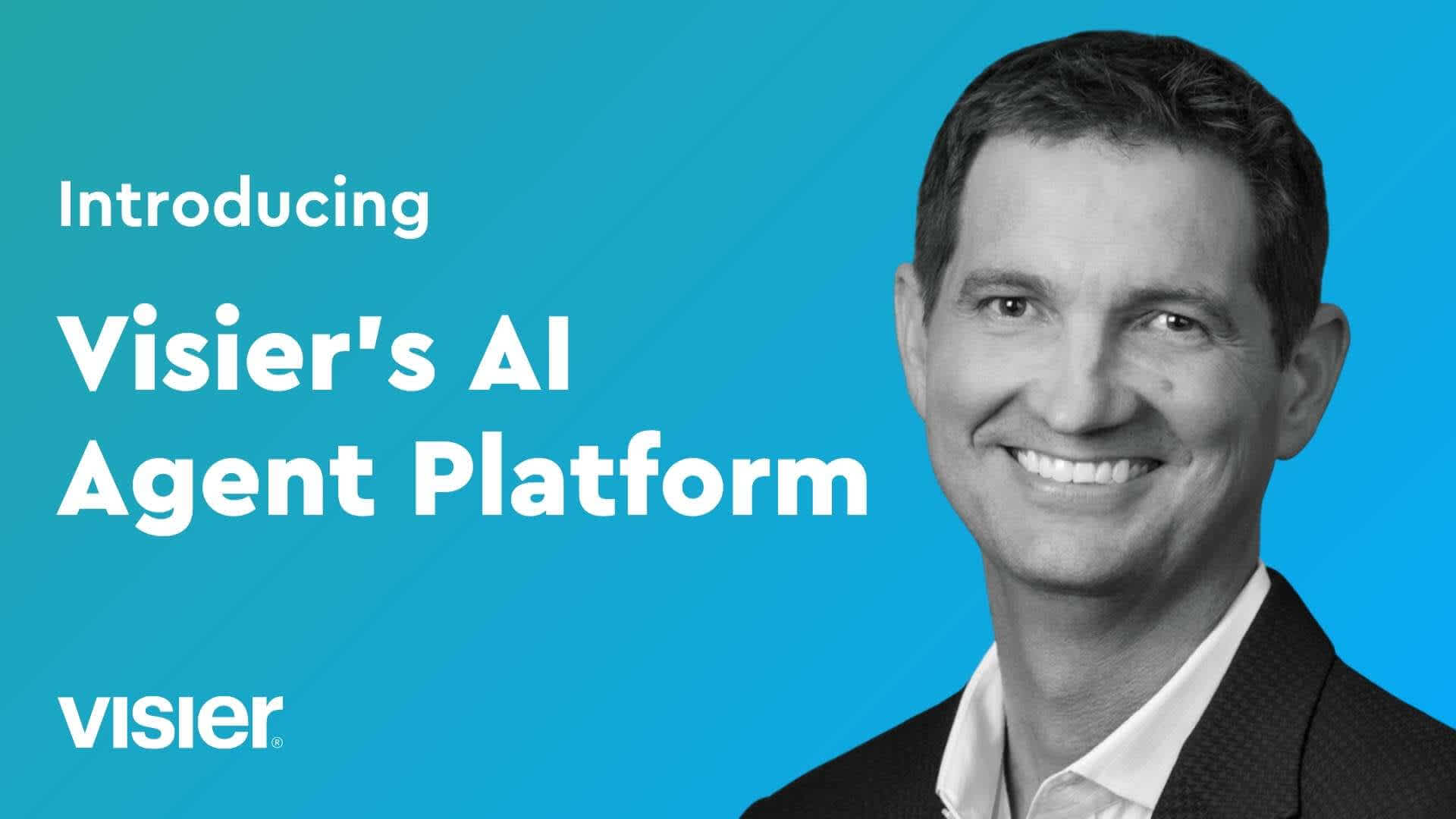
The cornerstone of this approach is the Visier Agentic AI Platform, which introduces a new paradigm in how organizations plan, execute, and achieve their objectives.
Unlike traditional AI which operates on a simple request-response model, Visier agents offer a sophisticated, choreographed workflow. They don’t just answer questions. They help define the plan, gather, and synthesize the necessary data, and iterate on solutions. We designed these agents for natural language interaction so they’re accessible to anyone who can write instructions.
Visier's decade-long commitment to earning customer trust is a strong foundation for this new platform. With deep expertise in people data and robust integrations with work data sources like Salesforce, ServiceNow, Adobe, and IT systems, we bring together the two critical components of organizational success: people and work.
The platform’s low-code environment further democratizes AI. Configuring an agent is as simple as providing a set of instructions or posing questions for it to address. This natural language-driven interface ensures that anyone, regardless of technical expertise, can harness the power of AI.
How does agentic AI differ from generative AI?
Generative AI focuses on creating content such as text, images, audio, and videos using models like GPT, DALL-E, and others. It generates responses or artifacts based on input prompts.
A tool like ChatGPT generates an article based on a prompt about productivity trends while DALL-E creates a marketing poster from a description. Generative AI assists by creating tailored content or responding to specific queries (like creating a job description or drafting an email). It relies on a one-shot input-output model where the user prompts and the AI responds.
Examples of using agentic AI in the workplace
Agentic AI emphasizes decision-making and action-taking. Its virtual agents automate workflows and proactively support specific goals by integrating planning, execution, and feedback loops.
The Visier Agentic AI Platform uses data from tools like Salesforce, Workday, and Gong to proactively assist employees. HR vendors can embed this agentic technology into their AI agents to accelerate time to market.
For example, an HR teams can use AI agents to identify trends like unusual resignation rates in a team and notify relevant stakeholders.
Sales leaders can use AI agents to analyze the behaviors of top performers and provide actionable recommendations to their team members, such as involving consultants earlier in the sales stages.
Agentic AI executes predefined workflows and making real-time decisions based on data. This can be running in the background to observe, analyze, and provide alerts or take actions autonomously within guardrails. These differences matter for productivity, generative AI helps with creative and communication tasks.
What is a genAI agent and how is it different from a digital assistant?
A genAI agent is an advanced AI entity powered by generative AI that goes beyond merely providing responses. It’s quite strong as it can plan, take initiative, execute tasks, and adapt autonomously within specified guardrails.
Compared to traditional digital assistants that operate in a reactive pattern (like responding to queries), genAI agents are designed to interact with systems, analyze data, execute workflows, and provide insights proactively. They can also integrate with diverse tools and systems, offering a more dynamic and iterative approach to task management and problem-solving.
The genAI agent revolution aims to maximize productivity by offloading mundane, repetitive tasks, allowing employees to focus on more strategic and creative activities. By integrating into existing systems, these agents support roles across industries, such as HR, sales, customer service, and analytics, and can be tailored to unique business needs.
Key differences: GenAI agents vs. digital assistants
GenAI agent | Digital assistant | |
|---|---|---|
Features | Automates repetitive and complex workflows, uses tools, and iterates on plans. | Provides single-response answers to queries or performs simple tasks like setting reminders. |
Focus | Designed for task automation and insight generation across various roles and industries. | Primarily designed for personal productivity and simple user tasks. |
Customization | Highly customizable with users being able to define plans, workflows, and instructions in natural language. | Limited customization as functionality is often predefined by the vendor. |
User interaction | Can engage in complex workflows with human-in-the-loop oversight. | Simplified conversational interface focused on direct question-and-answer exchanges. |
Getting started with agentic AI
Agentic AI offers capabilities that go beyond traditional AI like chatbots and digital assistants.
Unlike reactive systems, agentic AI operates proactively, automating repetitive tasks, delivering personalized insights, and empowering strategic decision-making. This makes for more productive organizations, enhances employee experiences, and optimizes workforce planning while maintaining human oversight to ensure ethical and effective deployment.
By integrating seamlessly with existing tools and workflows, agentic AI empowers HR leaders and employees alike to focus on more impactful, creative, and strategic work. This transformative potential positions agentic AI as an essential asset in modernizing organizational operations and achieving long-term goals.

